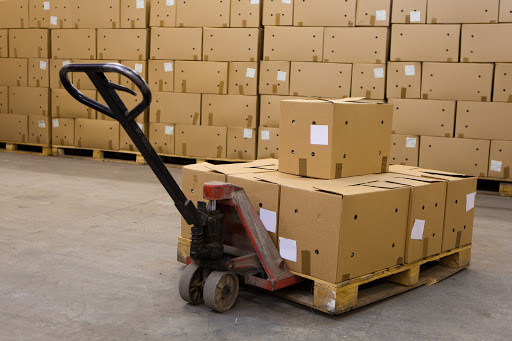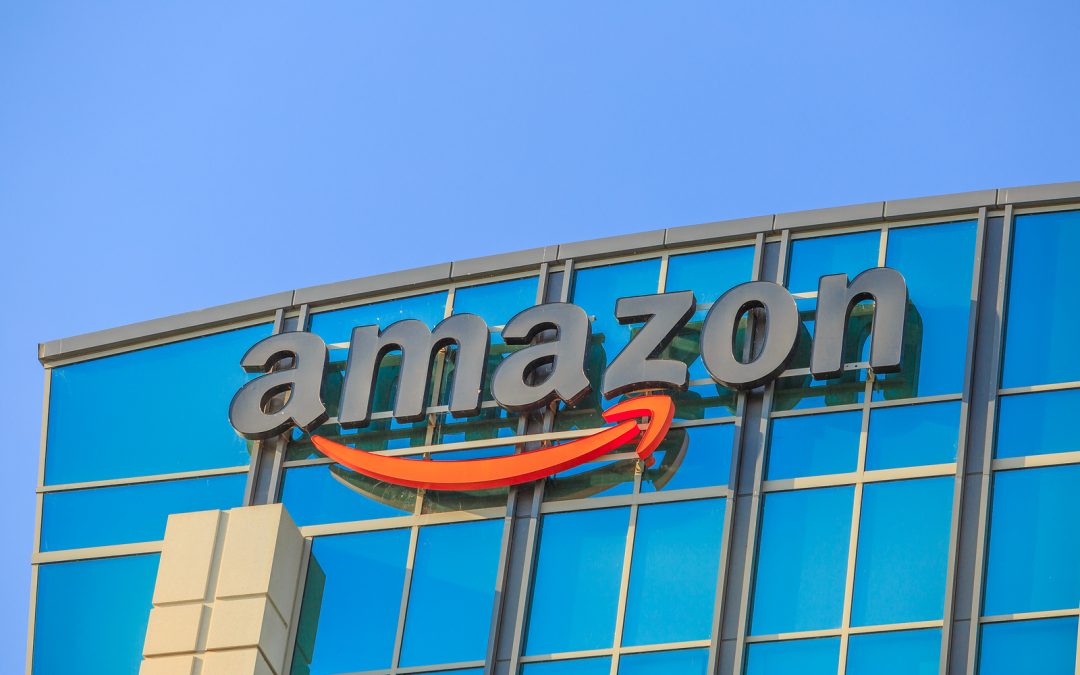If you’re an online retailer, you know the enormous power that Amazon brings into the world of online sales and the importance of working effectively with Amazon. While offering your products through Amazon is a great way to expand your reach to more potential customers, there are still more considerations to examine in order to ensure you are getting the best possible results. One of the biggest keys to driving sales through Amazon is by getting your company Prime ready, as Prime is the head-and-shoulders leader among the many Amazon shipping preferences.
Prime users quickly grow accustomed to the convenience of free, fast shipping. When a potential customer is browsing products on Amazon and sees your listing next to a competitor’s offering, but only one of them is available with Prime, that’s a big leg up for the Prime-ready product. If your business is not offering Prime shipping it’s time to make the switch.
Fulfilled By Amazon (FBA) vs. Self Fulfilled Prime (SFP)
There are two options to choose from when utilizing Prime and there’s no clearly superior option. Whether or not you opt for FBA or SFP comes down to your company’s unique Amazon shipping preferences. Both opting to fulfill your own Prime orders or allowing your fulfillment to be handled directly by Amazon comes with positive and negative elements. If you’re considering opting for seller-fulfilling your orders here is what you need to know about the differences between the two and the good and bad sides of seller-fulfilling.
Pro: More Control Over Your Inventory

If you do all of your sales through Amazon then the need to have direct access to your inventory is not as great as it is for companies combining Amazon with other online listings or in-person business. If your company has additional avenues for sales beyond Amazon then the requirement to keep stock directly at an Amazon fulfillment facility can limit your ability to get creative with inventory management. Once you have sent units off to Amazon you can’t quickly get them back the next day if you have a run on a particular product at your brick-and-mortar location.
Con: The Responsibility Falls on Your Company
While keeping some or all of your inventory at an Amazon fulfillment center does reduce your flexibility, it also helps to take some of the burdens off of you. When an order comes through on Amazon you don’t have to worry about a thing, as Amazon handles all of the processing and shipping for you. If you opt for seller-fulfilled Prime for your business then you have to manage the entire process on your own, from processing the order to shipping it and ensuring that it gets to your customers on time.
Pro: Fewer Fees to Amazon
Many companies select seller-fulfillment for their Amazon shipping preferences as an effort to reduce the fees that must be paid to Amazon. In addition to the standard fees which come with selling a product on Amazon, when you use Amazon fulfillment shipping you must also pay fees on each order shipped out, with higher fees for larger or heavier objects.
When using Amazon fulfillment for your Prime orders you also have to stay on top of the inventory you are leaving at the fulfillment center. Amazon charges fees for inventory which remains on the shelf for more than six months, so the damage of slow sales periods can be compounded by additional costs.
Finally, the fees associated with FBA services are routinely updated which means that just because it is the best deal for you now doesn’t mean that will always be the case. When using Amazon’s fulfillment services it’s essential that you monitor any changes to your agreement to make sure it is still your best option.
Con: Direct Shipping Costs Are Higher
While you save money on Amazon fees when your Amazon shipping preferences are to handle fulfillment on your own, it does also transfer responsibility for shipping costs to your business. This means paying shipping costs on each order as well as any related costs on returns. For some businesses, these costs will be less than the fees, while for another they may be more. Assessing the estimated costs of each will help you to find the best option for you and your business.
Pro: Software Integration Makes It Easier

Although it takes work to handle shipping on your own, if your Amazon shipping preferences are to take charge of your own fulfillment then there are powerful tools to make your life easier. While Amazon fulfillment shipping makes things easier for you, if you need help getting your products shipped and your warehouse managed efficiently then you can turn to shipping management software, like XPS Ship, to help keep track of your products and orders to deliver high-quality performance as efficiently as possible.
Con: Amazon Demands High Standards
When your Amazon shipping preferences are leaning towards seller-fulfillment, you still have to meet Amazon’s standards for fulfillment. Buyers expect their Prime orders to be handled at the same speed no matter where they come from, and it’s required that your business meets those expectations. Similarly, you must meet Amazon’s standards for returned items. This can put a strain on smaller companies if the decision to seller-fulfill is made without a full understanding of the demands.
Whatever your Amazon shipping preferences are you can make a better decision when you know the relative pros and cons of each option. If you’re considering adding Prime or making a switch between SFP and FBA be sure to weigh all the potential ups and downs of each before coming to a decision.
Our Amazon Shipping Software
If you are an online retailer through Amazon, ship with ease with our Amazon shipping software. XPS’s exclusive shipping software connects directly to your Amazon Seller Central account, saving you time as you import your orders, compare rates, create and print labels, and update the online status on every order. You can process shipping labels for your Prime orders through your XPS Ship account just as you do for orders that come through other sales channels. Your Prime orders will automatically show within XPS, where you can efficiently process the shipping labels, and Amazon will be updated with the shipment status. This can easily be folded in with the rest of your business’s shipping processed through XPS. Sign up for free today!


